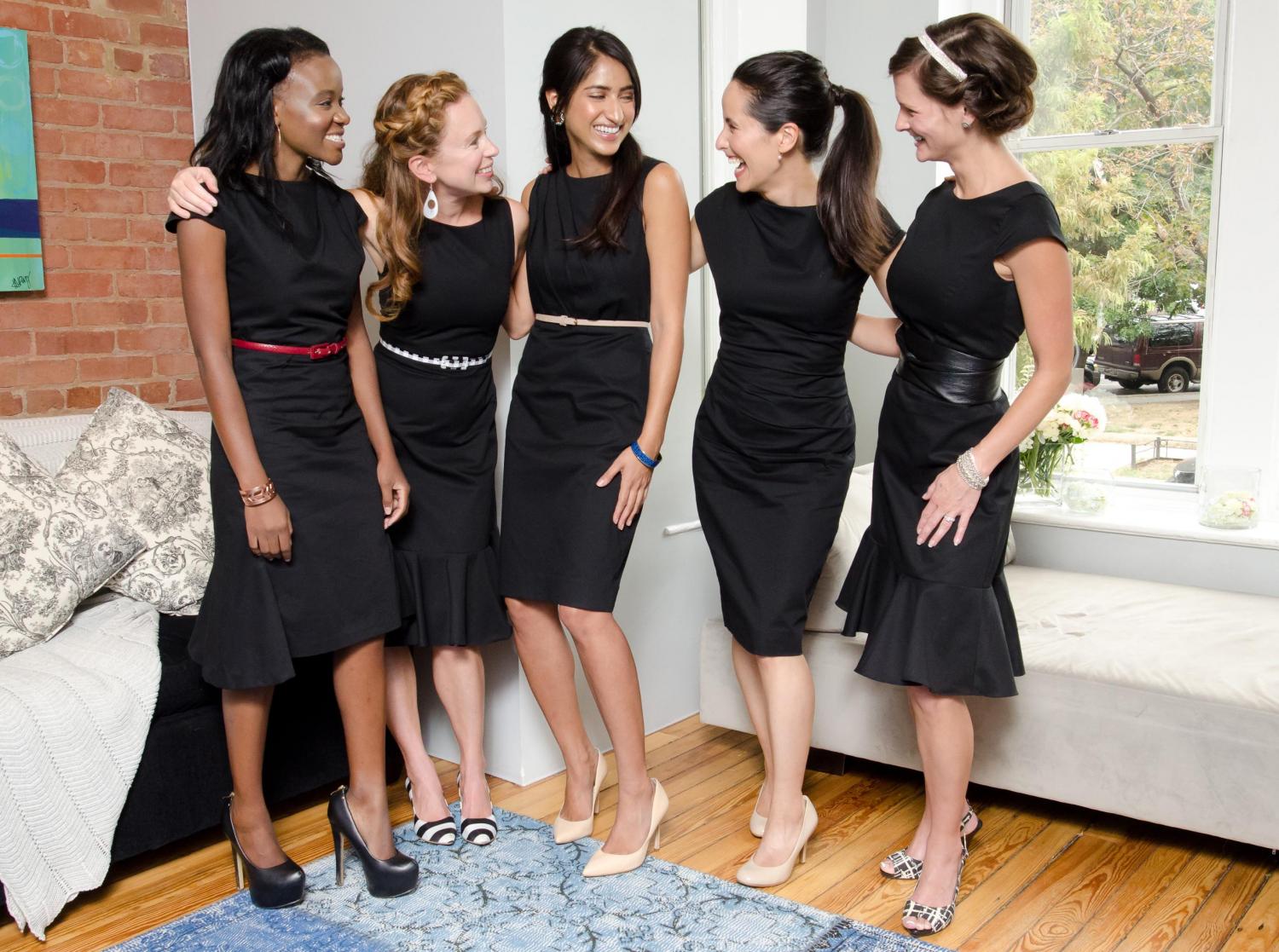
By Rebecca Ballard
There are many ways to seek justice. Over time we’ve had vigilantes, tribunals and trials, and mediations and out-of-court settlements. As a lawyer who has worked on a wide range of human and labor rights issues, I do have a favorite approach. Its name may not be well known, but success rates are high on both an international and interpersonal level. Data also shows it has the highest rates of victim satisfaction and offender accountability.
Restorative justice aims to address the harm to an individual or community with an emphasis on accountability. The focus is on honest communication between the victim, offender and community to bring about healing through reconciliation and behavioral change. Restorative justice gives a perpetrator the chance to make amends and begin anew, learning from mistakes and showing their victims through word and deed how truly sorry they are. One of the most famous examples of restorative justice is in South Africa via the Truth and Reconciliation Commission conducted as the country moved toward healing after decades of Apartheid.
Here in the United States, restorative justice presents an opportunity for victims and their families to enter the long journey toward peace and reconciliation with offenders. We see restorative justice through programs like Bridges to Life, a Texas initiative that brings healing to victims of crime, reduces recidivism and makes communities safer.
I appreciate how restorative justice can be used in the legal realm, however I think the application is much broader.
One of the tragedies in life is that we will often cause the most harm to those with whom we are closest and love the most. Restorative justice can be used to make amends when there is harm to a friend or family member, lighting the way to forgiveness after pain and hardship. This can be seen through the 12 Steps of Alcoholics Anonymous (AA), which led millions through a path toward recovery. The 12 Steps take a restorative justice approach, stating that we should make a list of those we harmed, be willing to make direct amends to them, and seek to do so whenever possible.
In our globalized world, our purchases link us to people all over the globe. We may not feel like we are in relationship with them, but the hands of workers around the world touch the same items we use on a daily basis.
Sadly and all too often, this global footprint brings with it slavery and exploitation. Americans en masse are buying cheap products made in hazardous, destructive ways. There is nothing new here, as the United States profited from exploitation of workers during the Atlantic slave trade and long after. However, the decidedly global nature of our purchases can often shield us from their consequences in foreign lands, including terrible pollution, health catastrophes, worker harassment, and death and destruction.
Whenever we purchase products made by exploitation and environmental degradation, we play a role in the harm caused through their production. And I for one carry guilt about the harm my past purchases have done to people and our planet.
Restorative justice gives us a model to change the narrative, flip the script, and right the wrongs of past consumption. Workers around the world enter industries like the global garment sector for economic empowerment. They see it as a chance to improve their lives. And our future purchase offer an opportunity for us to help this promise be fulfilled.
We can seek brands that connect us with the lives of those who create what we buy and are in the rare minority of both knowing and disclosing this information. In our culture of waste, we are also able to find so much of what we need via thrift or online searches for used items (e.g., the comfortable chair I am seated in while writing this was purchased used). Each year there are also more and more companies creating products and clothing in line with strong environmental and human rights standards. We can each buy less, buy better, buy used or borrow whenever possible, and pay the true cost.
Image courtesy of the author.
Rebecca Ballard is a lawyer, advocate, and the founder of Maven Women, which creates savvy, sustainable styles for women thoughtful about people and the planet at each step. She encourages you to check out their presales and take $10 off each item with the code TriplePundit at checkout. Follow @MavenWomen on Twitter and Facebook and sign up for their listserv for the latest discounts and updates.
TriplePundit has published articles from over 1000 contributors. If you'd like to be a guest author, please get in touch!














